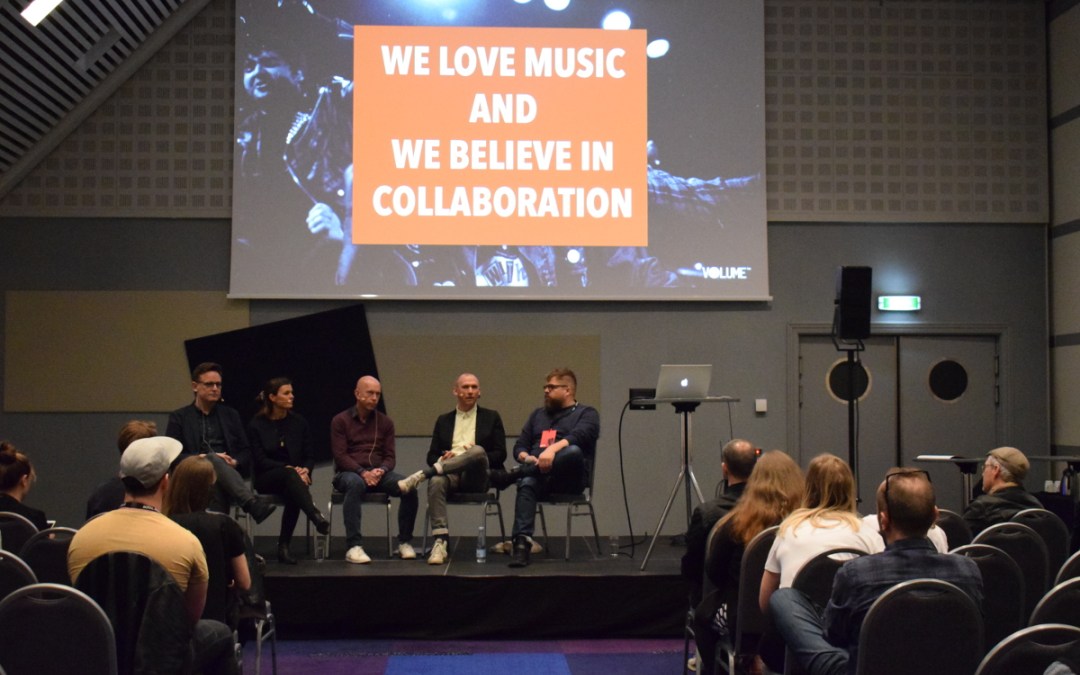[SPOT is collaborating with Jutland Station and will bring you their articles in our news section. Be sure to check out their page at http://www.jutlandstation.dk]
SPOT+, the business side of SPOT, began today with plenty of seminars informing and inspiring about the music business.
by Louise Soares from Jutland Station
Connecting to consumers in the age of information overload is a challenge most companies need to cypher – and quickly, at the risk of being engulfed by their competitors. One of the ways to stand out is by establishing creative collaborations with artists in cross-platform marketing campaigns. Thinking about this trend and the demands attached to it, SPOT+ held the ‘Let’s Talk Music and Brands’ seminar, where artists and music business players discussed their experiences on the field and how to make the best use of creative partnerships between companies and musicians.
Bridging artistry and business
Danish agency Volume had two challenges to tackle: an up and coming Danish pop sensation who was looking for an opportunity to produce new creative content and to reconnect personally with her fans, and a IT giant who wanted to make its latest gadget release appealing to a young audience.
The answer was to bridge both parts’ interests into a creative collaboration. That’s how the Mø x Microsoft Surface campaign came to be. The recipe was simple. Danish pop singer Mø wanted to produce creative content with her fans. She started a fanzine, created in collaboration with Microsoft Surface, and every step of the fanzine production was documented and posted online. After the fanzine was finished, Mø had it printed and delivered to some of the fans who collaborated. All registered in video and posted online. The result was a campaign that went beyond Mø’s follower circle and reached about 30 million people worldwide.
“Going beyond selling a product is cool and adds value. Mø said that she missed being close to fans when she was out on tour and missed writing creative content. On the other hand, Microsoft launched a combined tablet and platform computer. It’s a combination of those things and we acted as the middleman creating this bridge,”explains Johannes Dybkjaer Andersen, from Volume Agency.
He also commented on the campaign results: “This campaign was shared organically throughout formats. The fan-base worked with her over a long period of time, and we could document that and share everything. In the end, we reached 30 million people in 16 foreign markets in the right target group for Microsoft. Mostly through social media, much more than her circle of followers.”
Turning complaints into compliments
Mø is not the only Danish pop sensation that engaged in a creative collaboration with a company. Lukas Graham, the Danish band behind 2016 hit single ‘7 years’, also featured in a marketing strategy with telecom company YouSee, who had just merged with TDC. Their task was to transform the two brands into one consumer brand, turning the previous TDC live concerts into YouSee settings. Furthermore, as the biggest telecom company in Denmark, YouSee received a lot of complaints and wanted to change critics into brand ambassadors.
Out of these needs came ‘Lukas Graham and Friends’, live concerts for which YouSee’s most loyal customers were invited beforehand. Through the YouSee music streaming services, they found the top Lukas Graham listeners and invited them to interviews in which Graham surprised his fans in person, and to the shows later. The data-driven campaign received positive reviews and decreased the number of critics, allowing customers to reconnect emotionally to the brand.
“Why is music so important to YouSee? It’s about the brand, the music streaming service and, just as important, it’s about loyalty. Music can do something, it plays with a lot of emotions, and they like the brand even more. The movie with Lukas surprising his fans as the main part of the campaign, but it’s just part of a seven-week campaign. Also, it was not about the band, but also about the brand and the customers streaming the music daily,” says Christina Brandis from TDC.
Dealing with the unscripted
Partnering with a living brand – as is the case with musicians – is not a risk-free business strategy, especially considering the proximity music artists have already established with their fanbase through social media. Personal mishaps or unexpected events in artists’ lives can interfere in a campaign in ways that no level of previous planning can prepare for.
“You can’t be 100% bulletproof in everything. We have a lot of contracts regarding stuff like this, but it’s also preparation and expectation management. We had this case we did with Mø at Office 365 and we had contributors in 64 countries, and we had this massive plan in case of negative reactions from the public and the media. We actually invited fans to get closer to the bands through social media. Luckily we had no complaints,” says Johannes Dybkjaer Andersen from Volume.
But things don’t always run so smoothly. Take the case of Volvo and Swedish DJ Avicci. The company had created a campaign with Avicci, in which the DJ showed snippets of his personal life. He even took off his famous baseball cap. It had every ingredient for success. What no one could predict was that just a couple of months after completing the campaign, Avicci announced his precocious retirement at the age of 26, due to personal and health issues.
“In my point of view, either you can do a lot of research and preparation, but some things you just can’t control. In the Avicci case, we had so many things planned for this campaign. But one or two months before the campaign started, he just pulled back, and he hasn’t done anything since that, totally away from the markets since then, due to personal reasons. In my point of view, in terms of how we work with brands on the other side, we’re sometimes surprised that, when you’re working with a living brand, you try to control everything. That’s cool, but they are unpredictable, they are living brands,” says Carl Blom of Flagstone, the agency behind the campaign.
Another way things can experience unexpected turns is when ads go viral or get turned into a meme. It’s what happened with Volvo Trucks and Flagstone Agency with the ‘Epic Split’ campaign. Actors known for their testosterone-fueled action movies, like Jean Claude Van Damme and Chuck Norris, are shown stoically standing at the top of two trucks, performing a leg-split stunt to the sound of Enya’s soft vocals in ‘Only Time’. The ad went viral and was replicated with different levels of quality and success in numerous YouTube videos.
“No one knew what was going to happen, so there was no way to create a strategy on this. But another part of this is that Volvo has worked for a long time developing its brand. In a way, it’s a long-term strategy; you become trustworthy. That’s one thing about collaborations between artists and companies. It’s understandable that you need a short-term payoff, but it’s better if Volvo is more the silent partner. In this case, the big ‘wow’ factor comes from the music, and that’s what should speak. It would be helpful to many brands to not try and sell it too quickly, but to stay on with an artist for a longer time,” concludes Blom.


